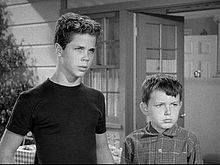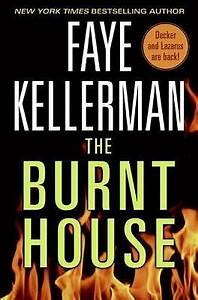Once again this year rather than simply listing the best books read in the past 12 months I will use some of the superlatives used by J. Peder Zane in his book Remarkable Reads:
Most Enchanting Book: Few writers enchant me in the way P.G. Wodehouse does, and Aunts Aren't Gentlemen, the last of his Jeeves and Bertie novels, ranks among the most enchanting of his books.
Most Important Book: I read two books about writing this year that are as much memoirs as self-help books, Stephen King's On Writing and Dani Shapiro's Still Writing. King's book is better known, but I would give the edge to Shapiro's for its practical value to writers.
Most Daunting Book: The stuff of Steven Pinker's thought can be daunting indeed, so reading his The Stuff of Thought was often a challenge, but worthwhile just the same.
Wisest Book: Jane Hamilton's novel A Map of the World is worthy of several of these superlatives, but I'll choose this one. Reading it would be wise, understanding it wiser and following its wisdom wiser still.
Most Familiar Book: Thomas E. McGrath was my pastor for several years, so his collection of sermons Aren't You Glad You're Here This Morning? has a familiar voice. In fact, I seemed to hear him reading the book to me.
Most Incomprehensible Book: I wanted very much to understand Carlo Rovelli's The Order of Time. I'm just not that smart.
Most Beautiful Book: There is much to admire in Nicholas Nickleby by Charles Dickens. The passage of so many years has not diminished its charms.
Most Fearless Book: Thomas Sowell's The Vision of the Anointed was a fearless book to write in 1995. In today's culture it has become a fearless book to read or even to have on one's shelf.
Most Surprising Book: I have long known that some birds are more intelligent than most animals, but still Jennifer Ackerman's The Genius of Birds is full of surprises.
 |
| Mary Roach |
Most Unpleasant Book: Mary Roach's good humor keeps Grunt, her book about protecting soldiers and helping them recover from their injuries, from becoming more unpleasant than it is at times.
Most Luminous Book: Elizabeth Savage's prose all but glows in her novel The Last Night at the Ritz.
































